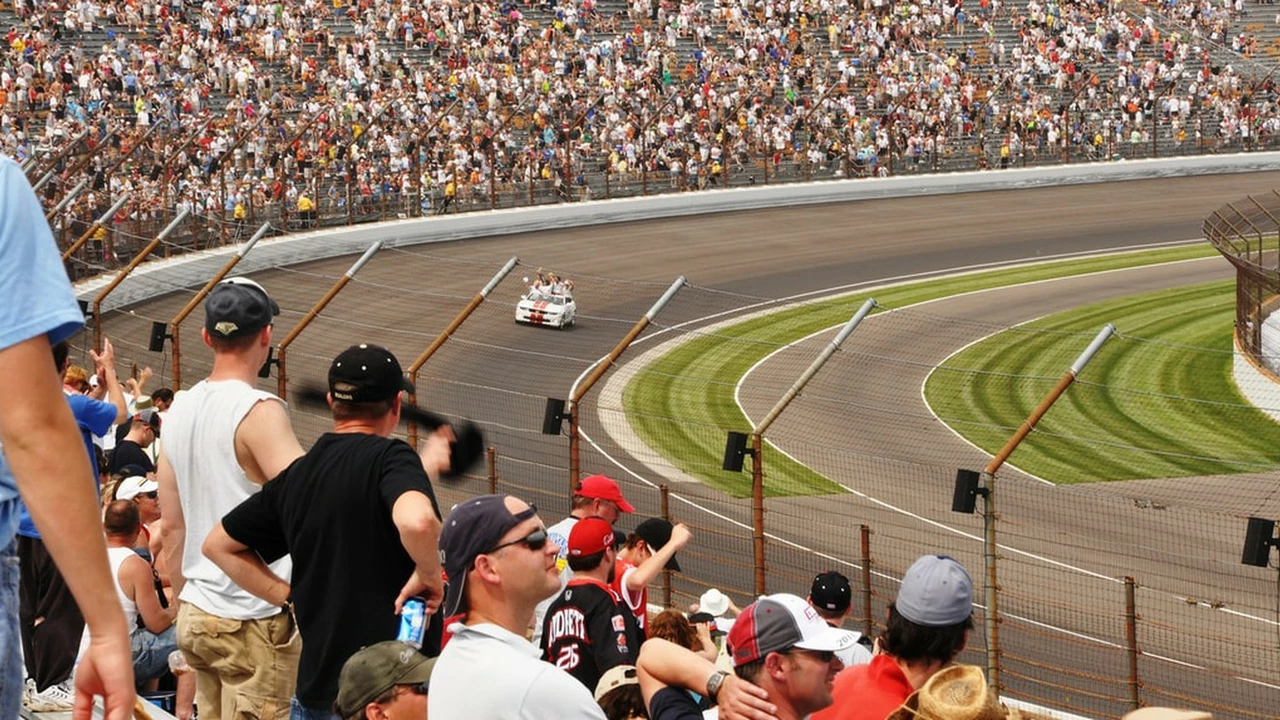Indianapolis Racing Hub – Your Quick Guide to IndyCar and the Indy 500
If you love the roar of engines and the thrill of high‑speed laps, Indianapolis is the place to be. From the iconic Indy 500 to the daily grind of IndyCar teams, this city pumps pure motorsport adrenaline. In this guide we’ll break down the big events, point you to the best local tracks, and share simple steps if you want to try racing yourself.
What Makes Indianapolis the Heart of American Racing?
First off, the Indianapolis Motor Speedway (IMS) isn’t just a track – it’s a legend. Built in 1909, IMS hosts the Indy 500 every May, a 500‑mile sprint that draws over 300,000 fans. The speedway’s 2.5‑mile oval lets cars hit 230+ mph, and the tradition of “the 33 cars” adds a historic feel you won’t find elsewhere.
Beyond the Indy 500, IMS runs the IndyCar Grand Prix on a road‑course layout, giving drivers a mix of tight corners and long straights. This variety keeps fans on their toes and shows why Indianapolis stays at the top of the motorsport ladder.
Spotlight: IndyCar Drivers Who Call Indianapolis Home
One name you’ll hear often is John Casey. He’s an IndyCar driver who started racing in 2012 and has racked up several podiums. Casey’s path is a good example of how a local talent can rise through the ranks by joining teams like Dale Coyne Racing and staying disciplined on and off the track.
Other drivers, like the Rahal brothers, also have deep ties to the city. Their success stories prove that Indianapolis is not just a race venue – it’s a breeding ground for talent.
If you’re curious about the driver lifestyle, keep an eye on their social media for behind‑the‑scenes footage. You’ll see a mix of intense training, sponsor meetings, and everyday moments that make the sport feel real.
Ready to get on the track yourself? Start with a local karting centre – many IndyCar pros began in go‑karts. Bangalore’s description in our posts shows how tracks can range from simple kart circuits to full‑scale road courses. In Indianapolis, the Indy Speed Centre offers beginner‑friendly programs that teach basic car control and race etiquette.
Once you’ve clocked a few hours on a kart, consider a racing licence. The SCCA (Sports Car Club of America) runs low‑cost licences that let you compete in club races around the Midwest. It’s a practical step before stepping into a prototype or a formula car.
Don’t forget the business side. Teams make money from sponsors, merchandise, and race winnings. Understanding how a team budgets can help you pitch your own sponsorship ideas when you’re ready to race competitively.
Whether you’re a fan planning to watch the Indy 500 live or an aspiring driver looking for a foothold, Indianapolis offers a clear path. The city’s blend of history, world‑class facilities, and supportive community makes it the perfect launchpad for anyone wanting to feel the rush of open‑wheel racing.
So, grab a ticket, visit the speedway, or sign up for that first karting session. Indianapolis is waiting, and the track’s lights are always on for the next speed‑seeker.
How does the Indianapolis racing line work?
- Landon Speedwell
- on Jul 19 2023
- 0 Comments
The Indianapolis racing line, or "the line," as it's often called, is a unique path that drivers take to achieve the fastest lap times on the Indianapolis Motor Speedway. Essentially, they try to straighten the four turns as much as possible, turning on and off the track's banking to maintain their momentum. It's a mix of skill, speed, and strategy, with drivers constantly adjusting their line based on track conditions, traffic, and their vehicle's performance. It's a fascinating element of the race, kind of like a high-speed chess match on wheels. Learning about it has certainly deepened my appreciation for the skill involved in racing.
